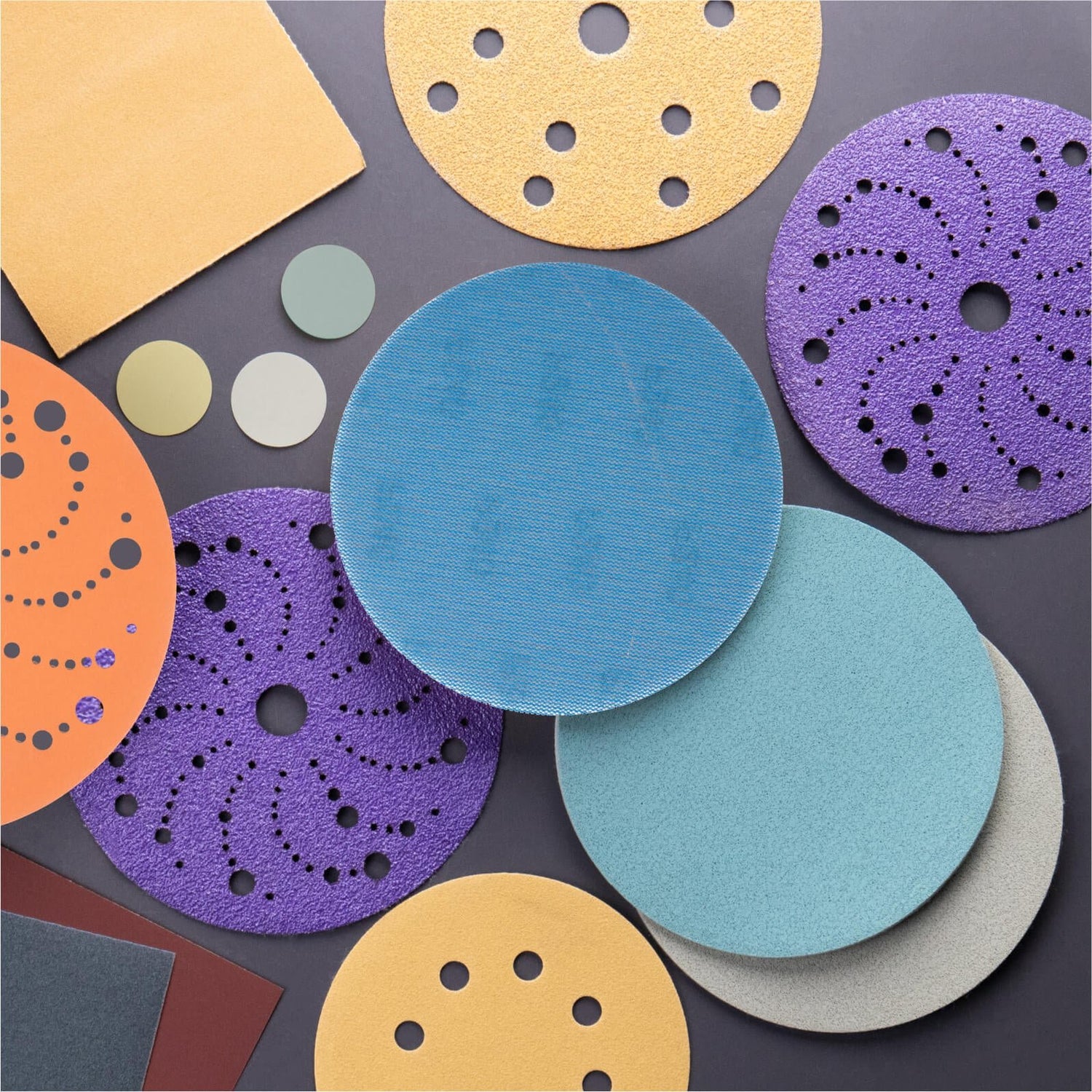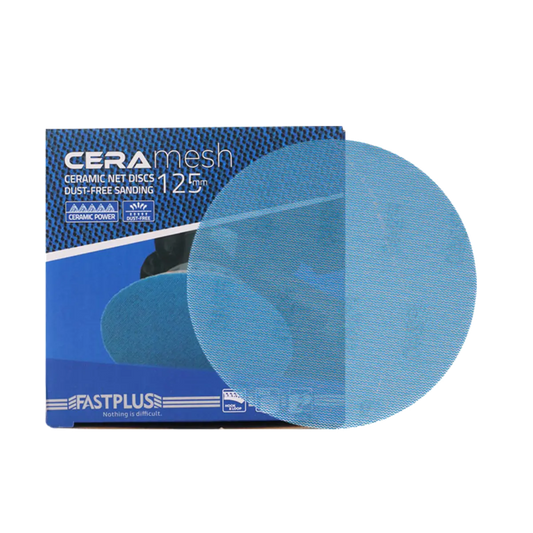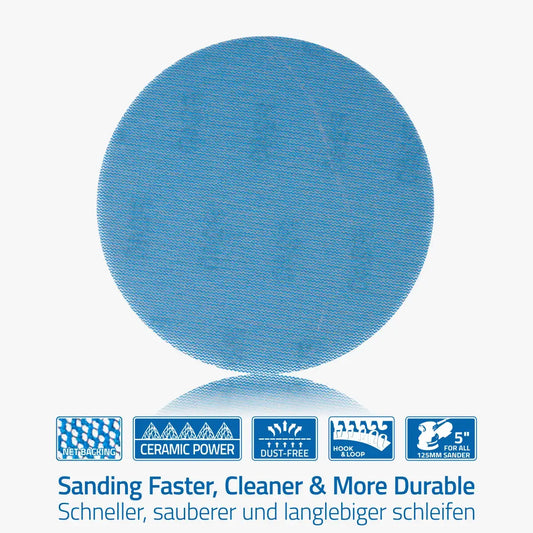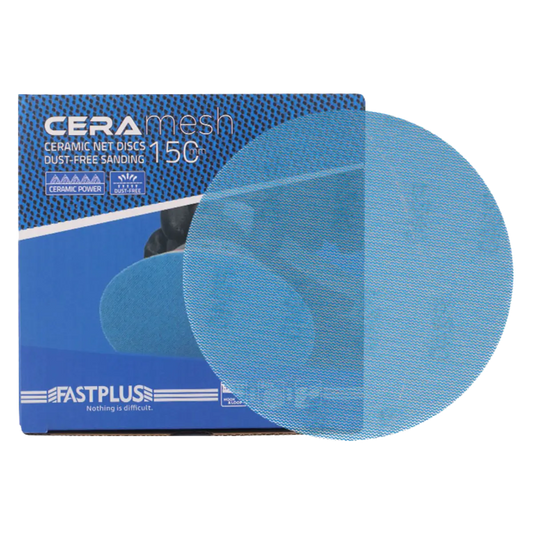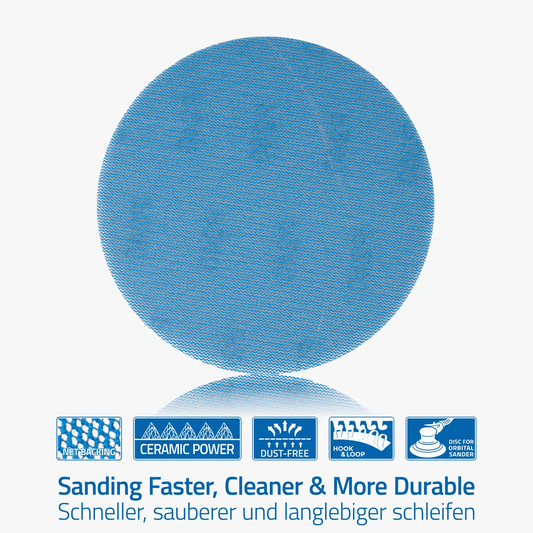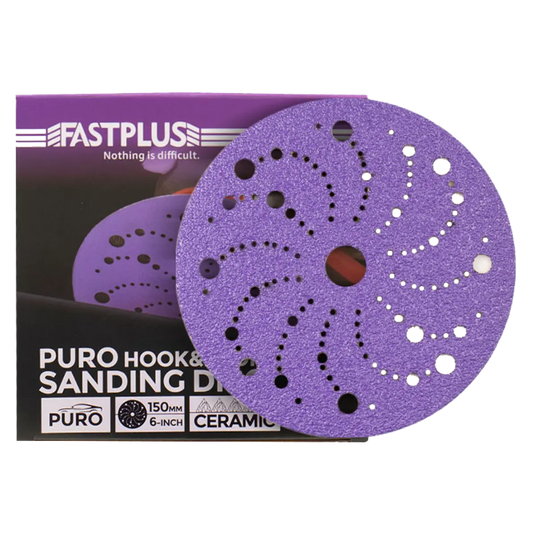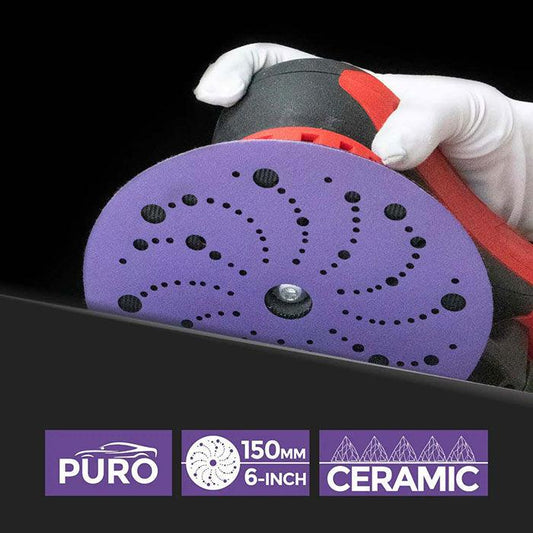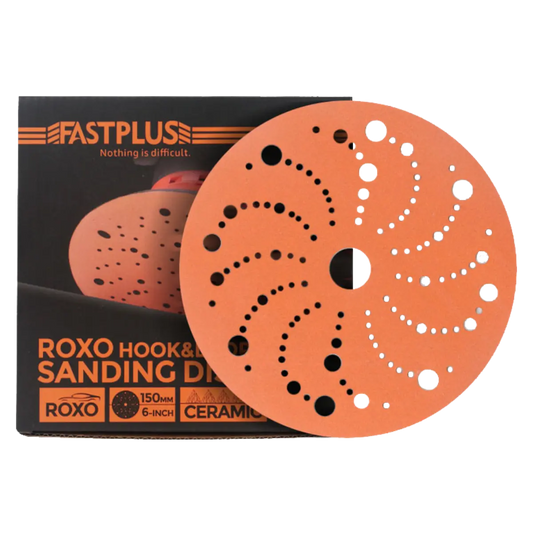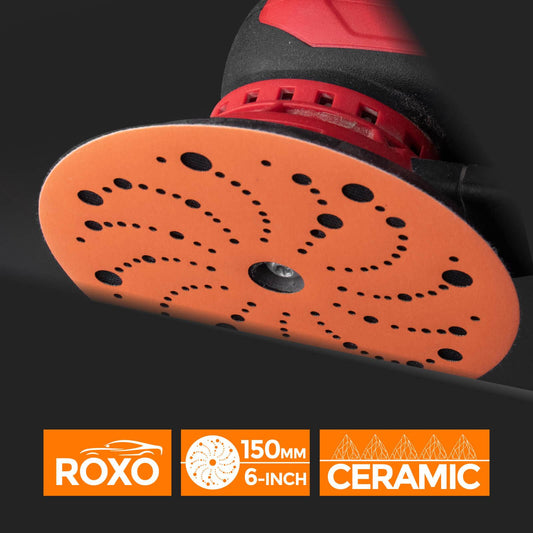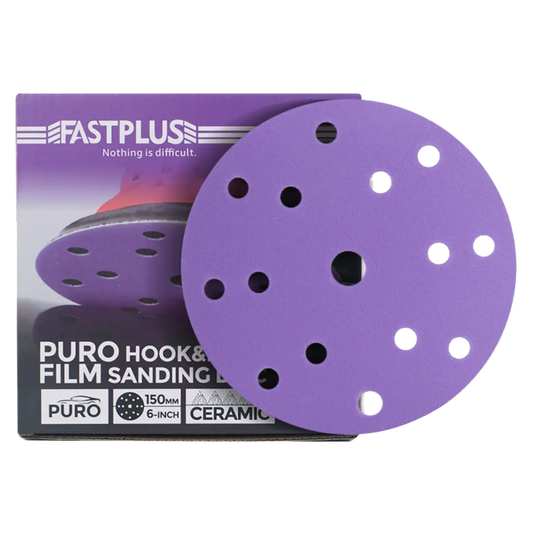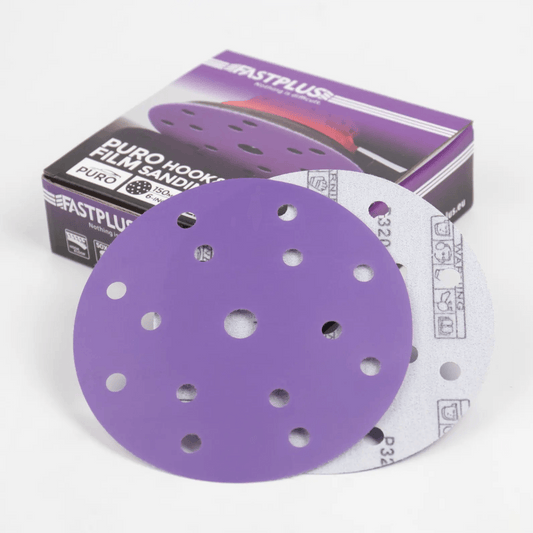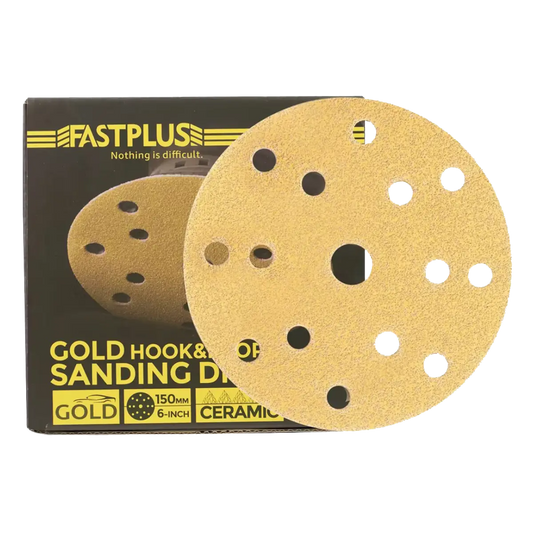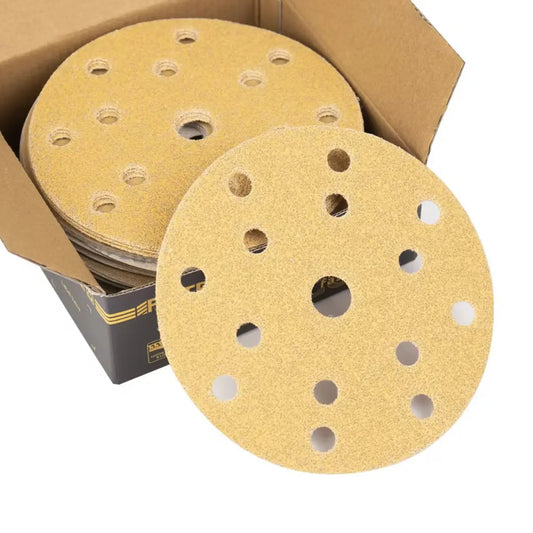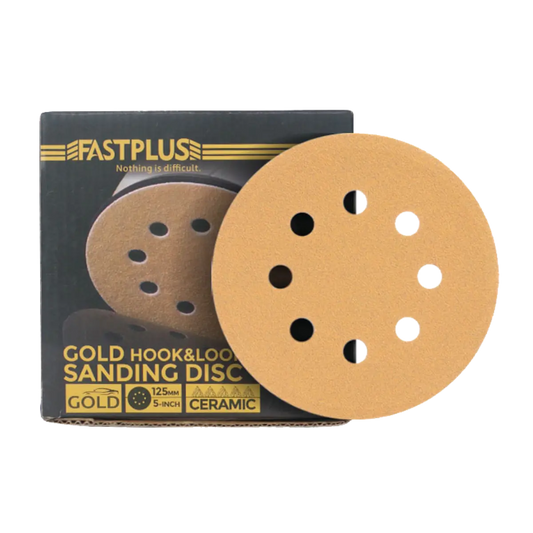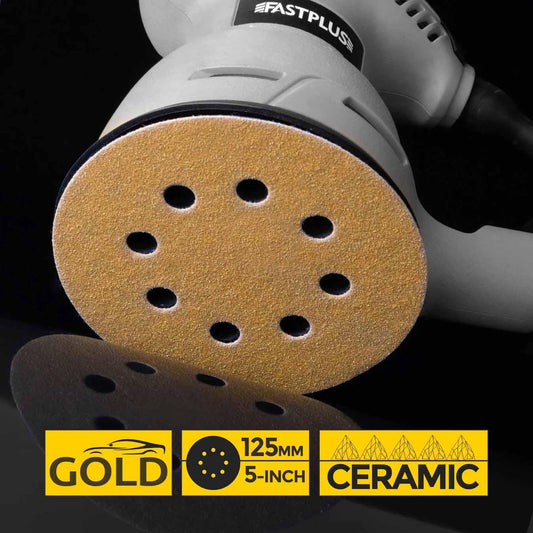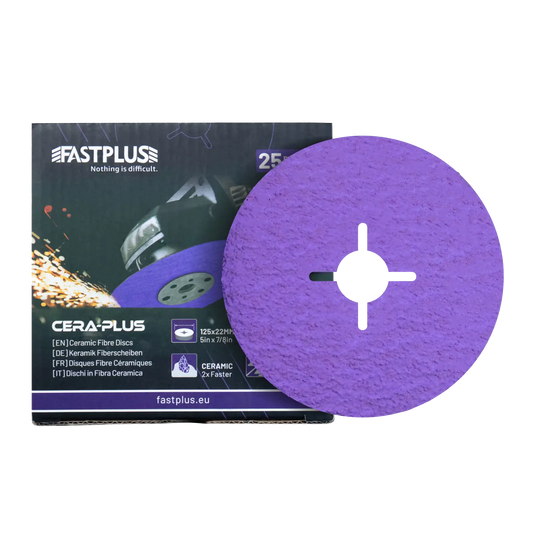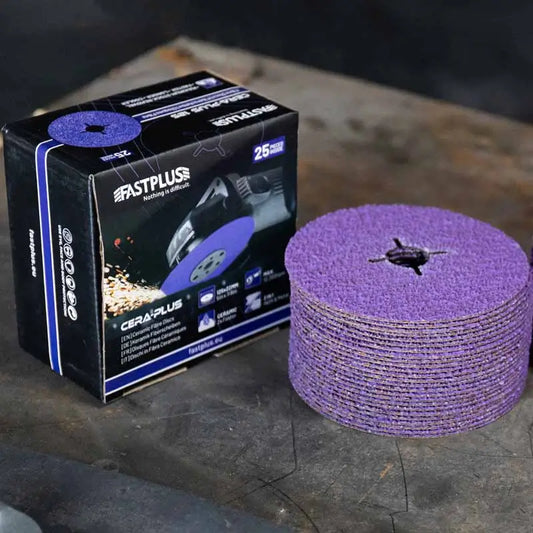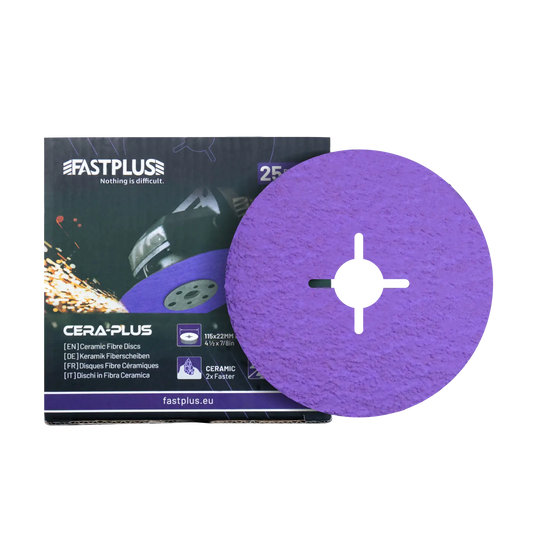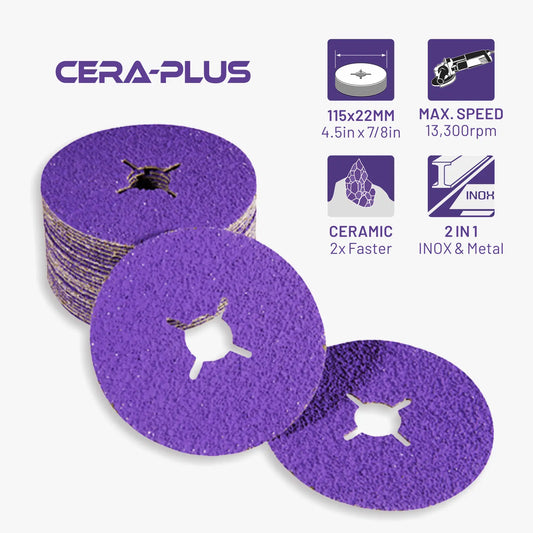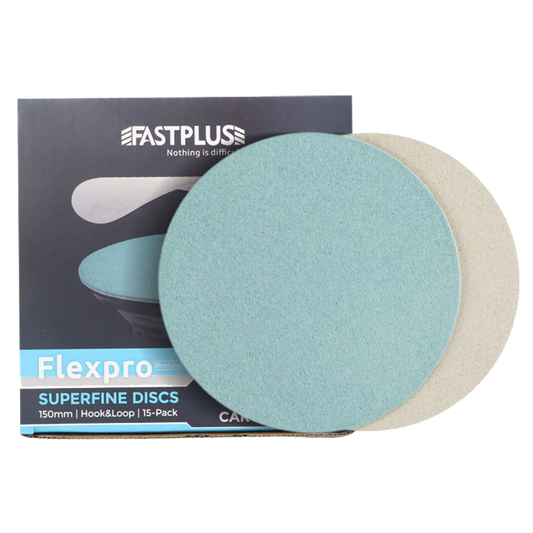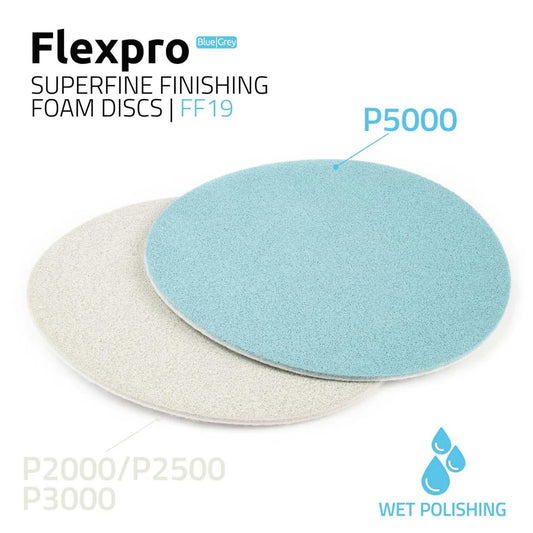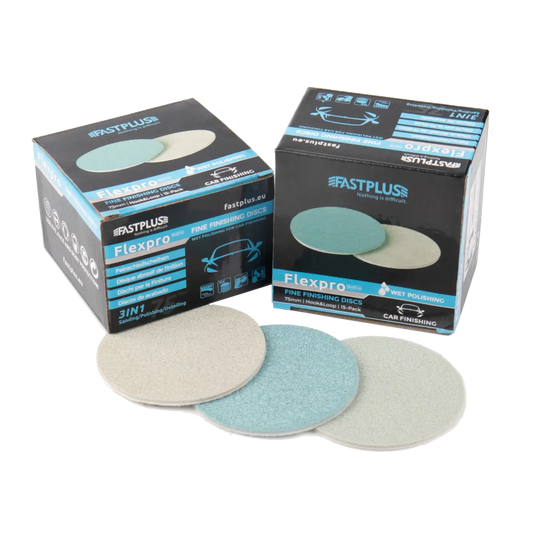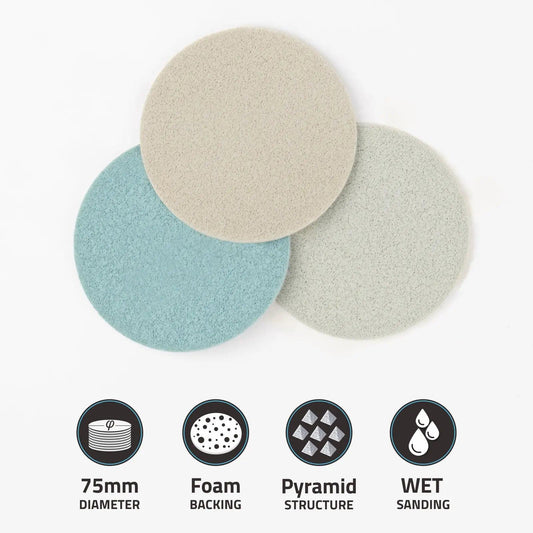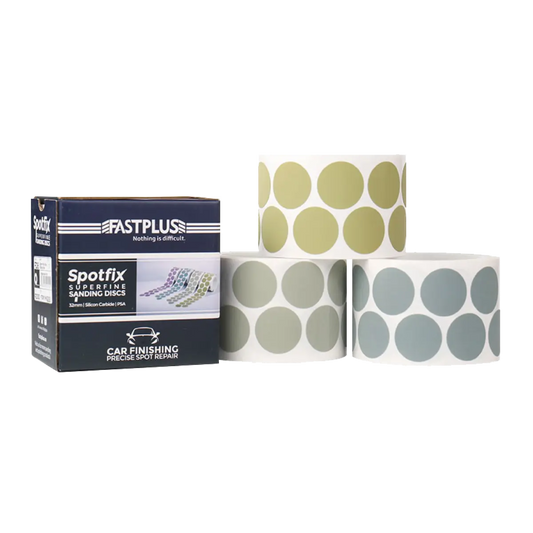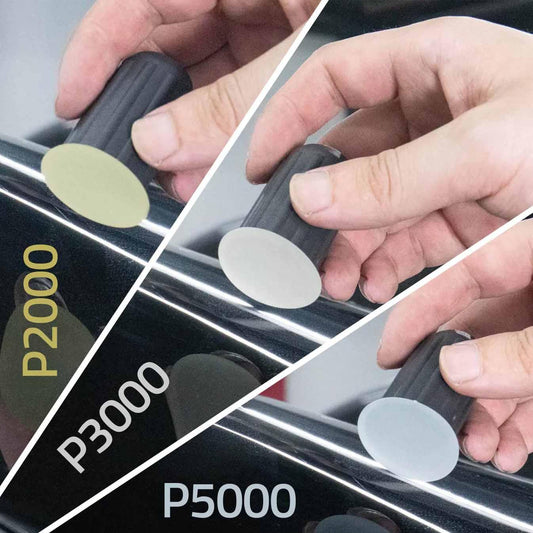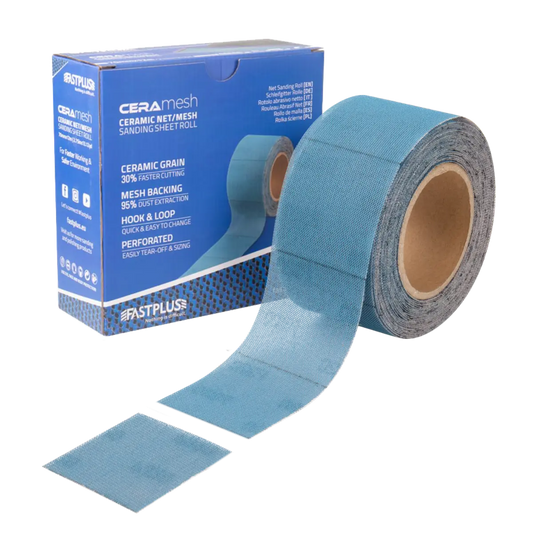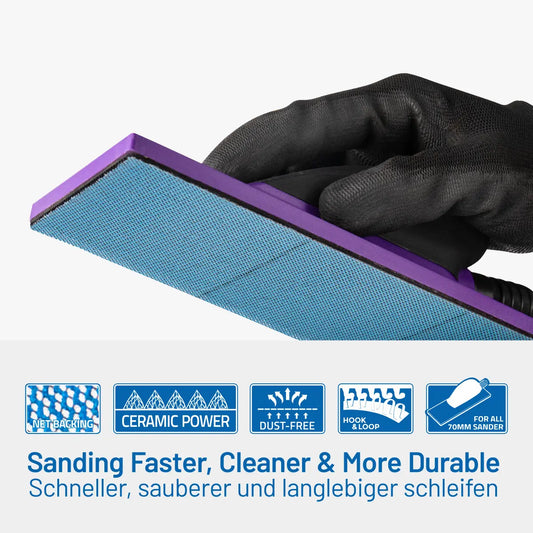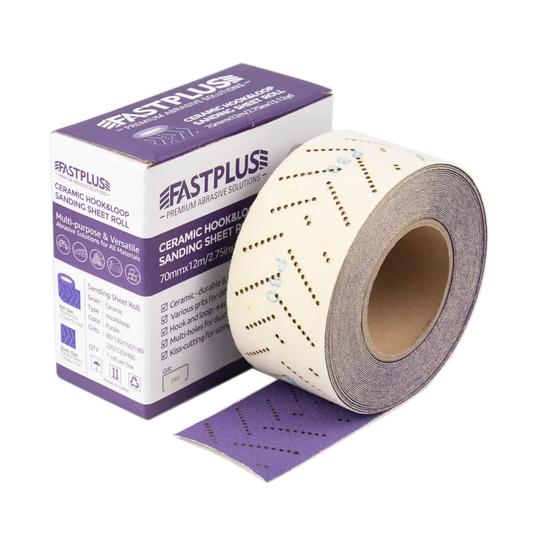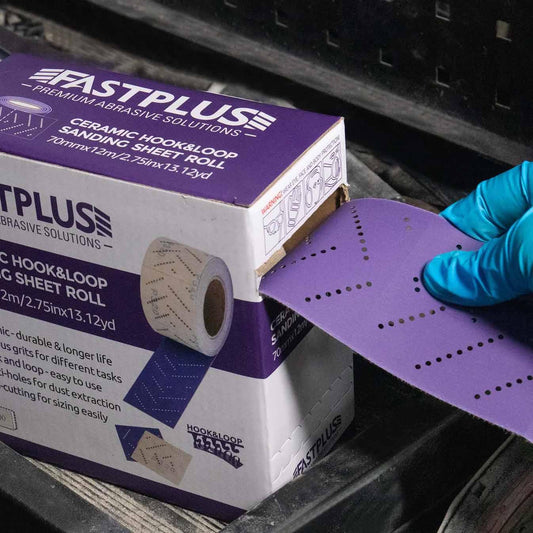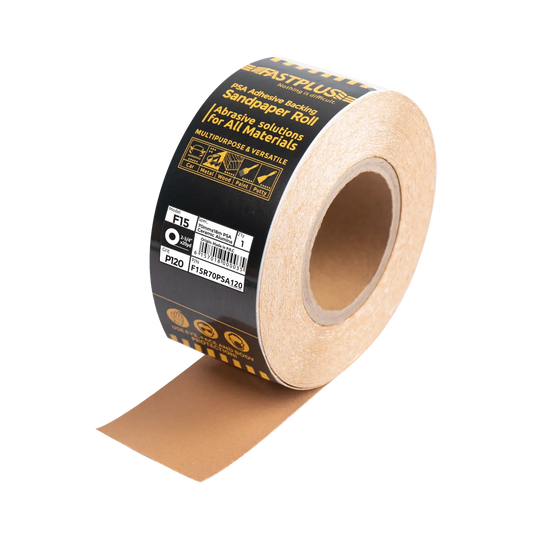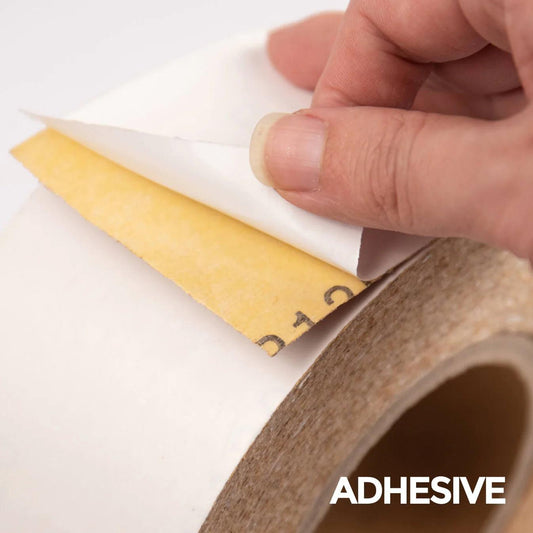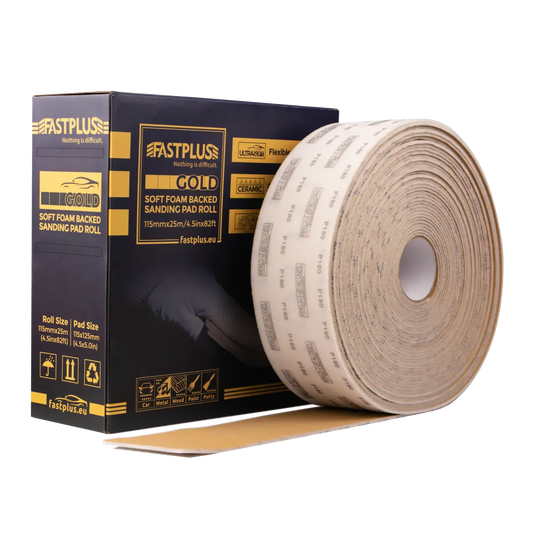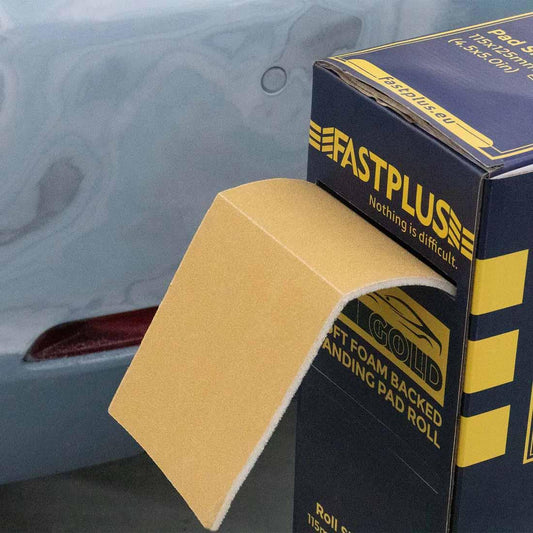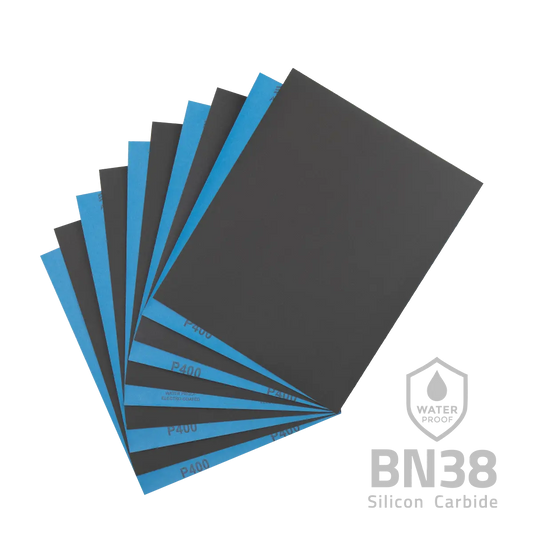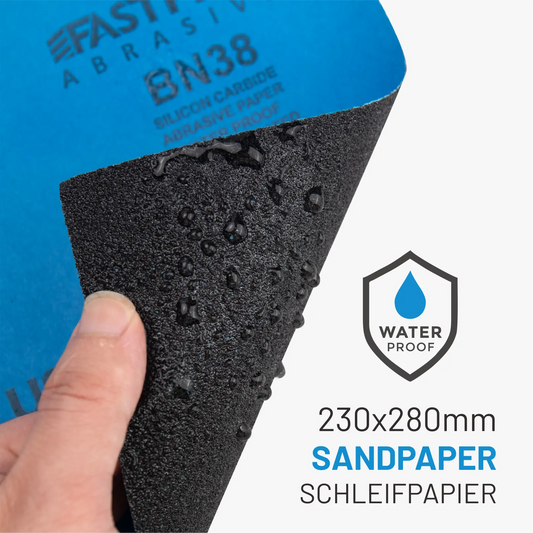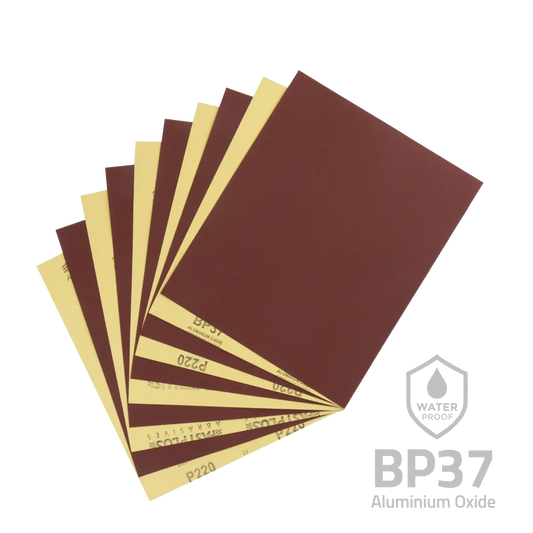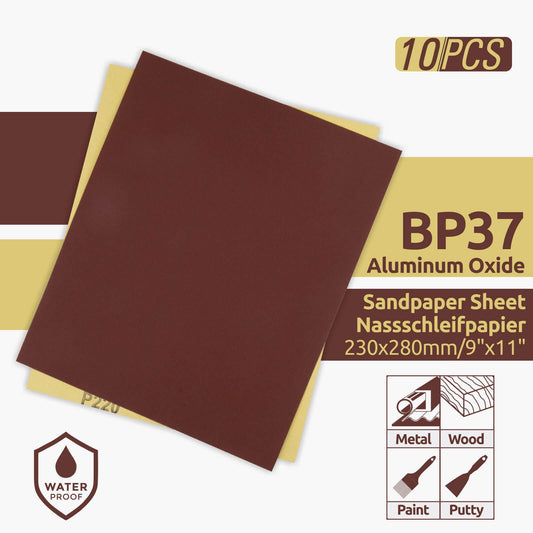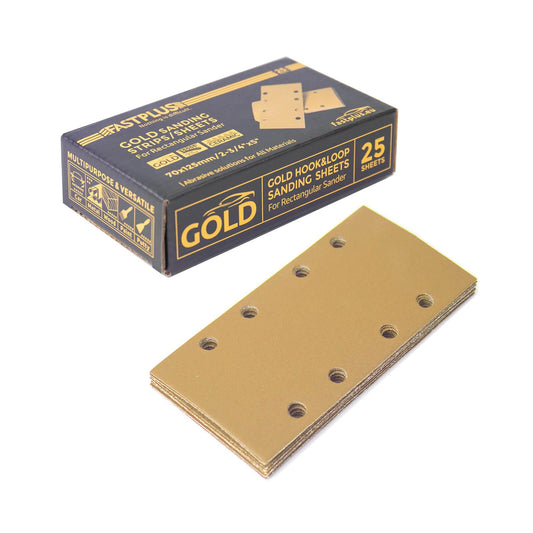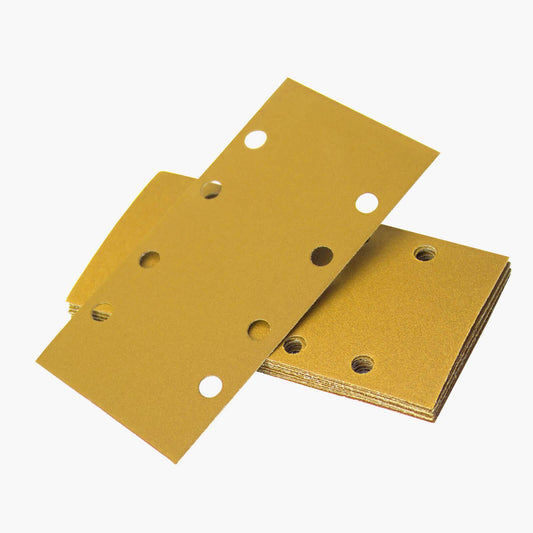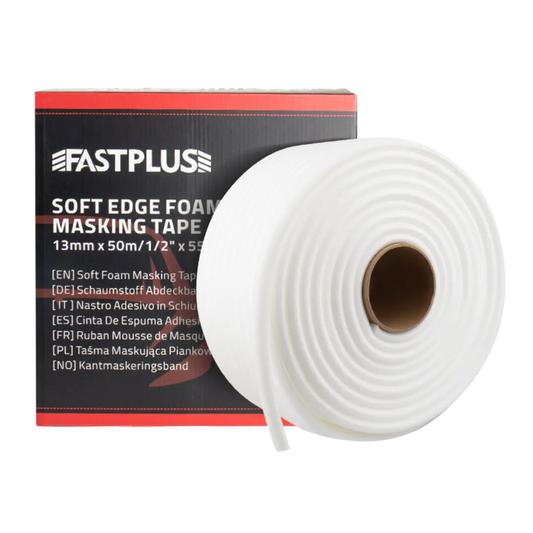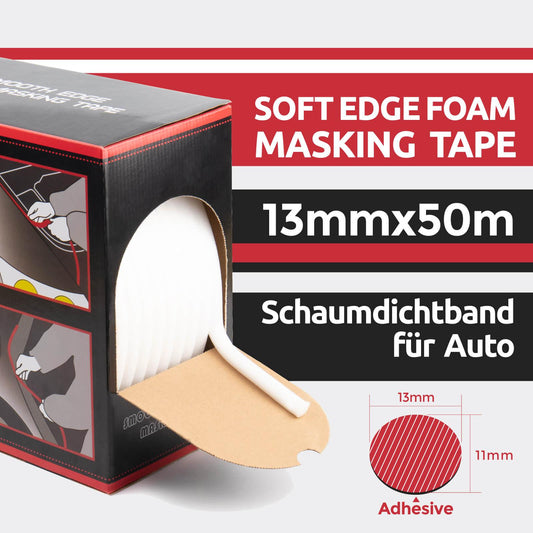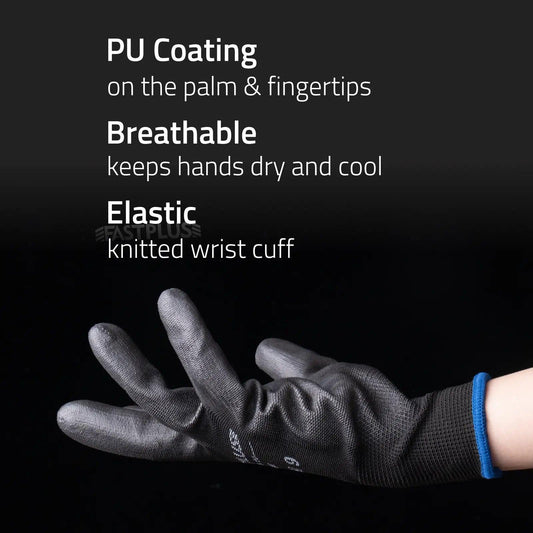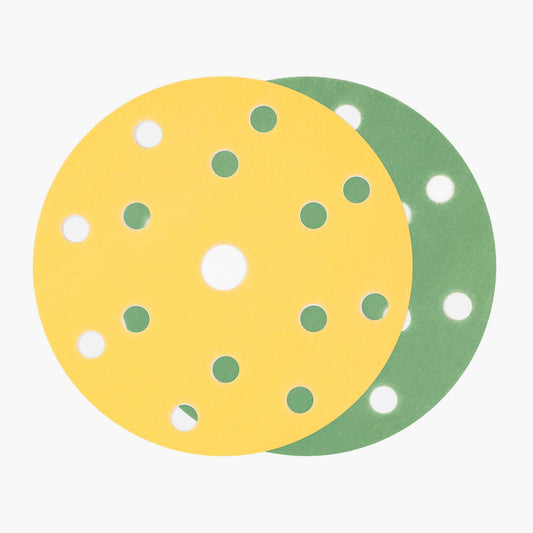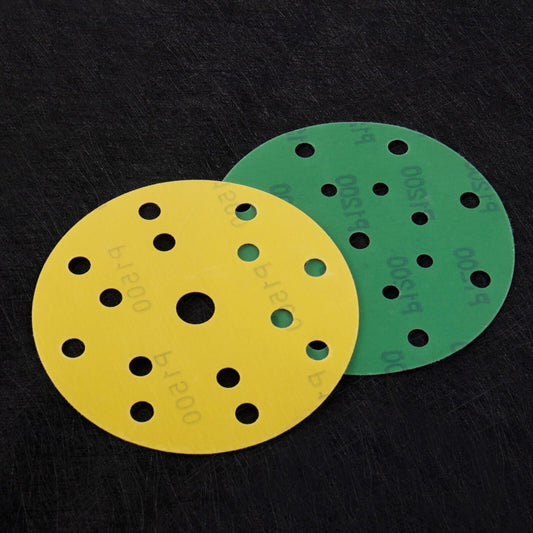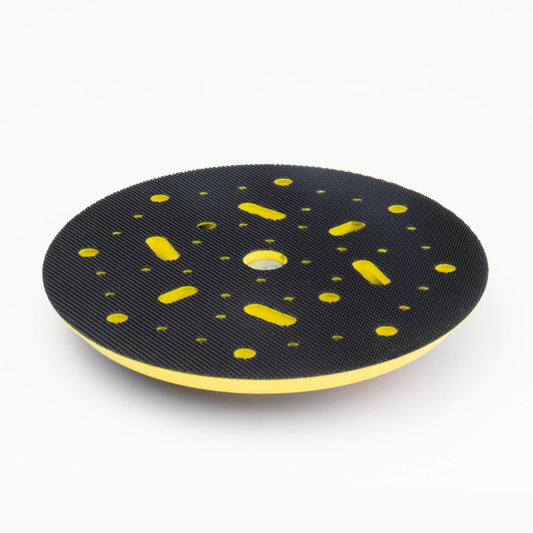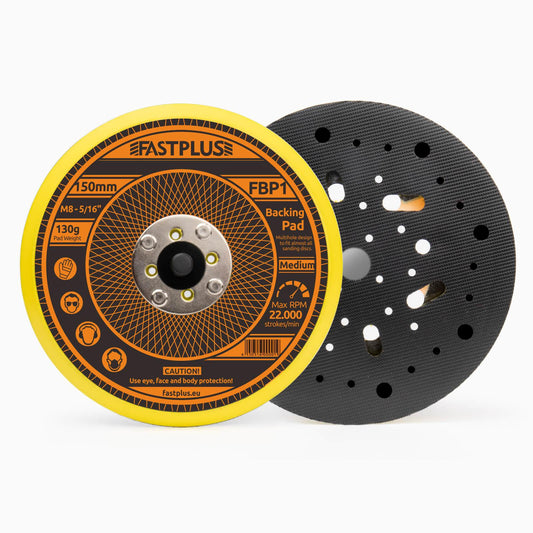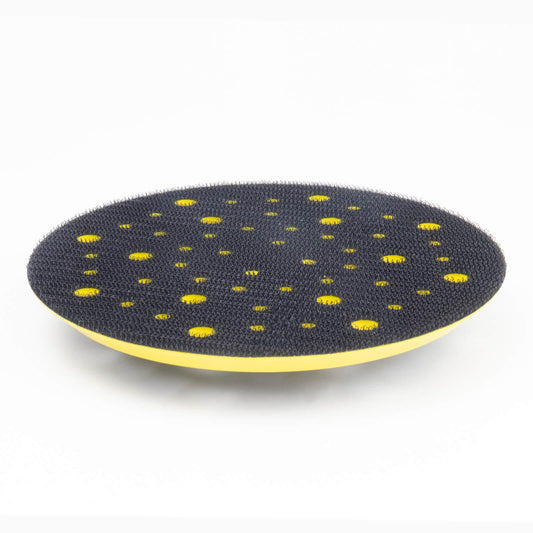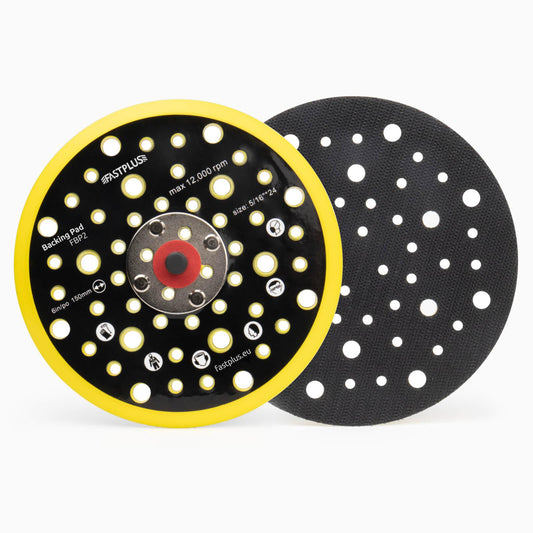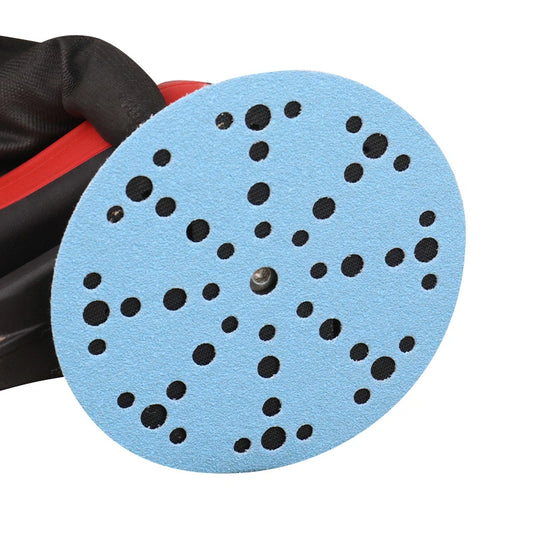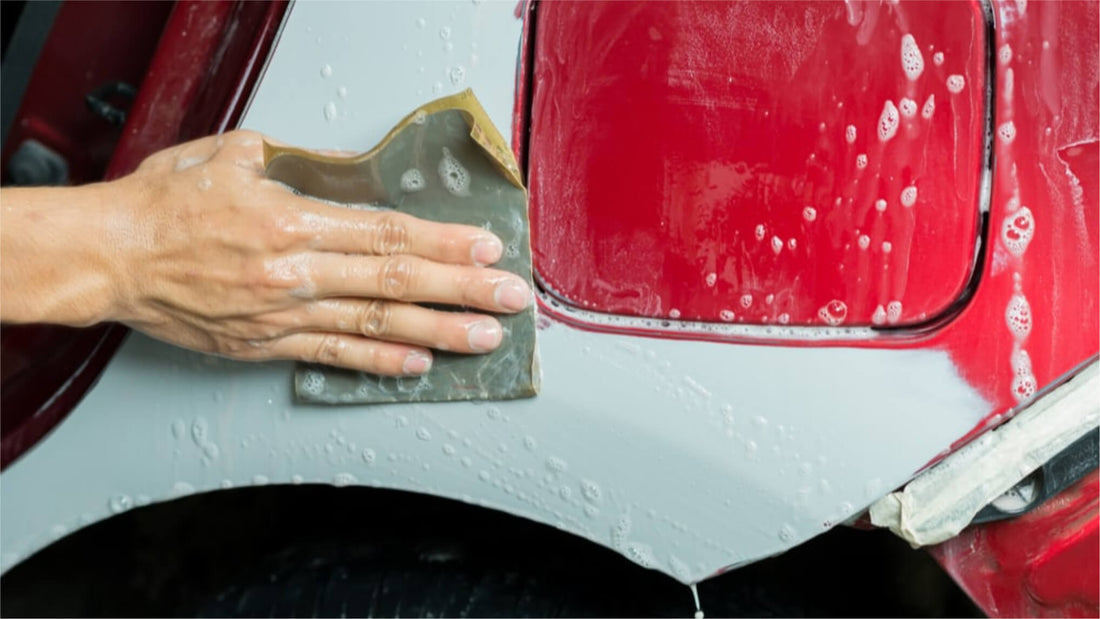
Wet Sanding vs Dry Sanding: How to Use Each?
You must have heard of wet and dry sanding and always wondered when you should use wet sand or dry sand and what the differences between them are. We’ve posted an article on how to wet sand your car that primarily lists wet sanding methods for your vehicle, but in this article, we’d like to discuss wet and dry sanding in more detail for you.
What Is Wet Sanding?

Wet sanding is a method that involves the use of water for cooling and dust removal. Wet sanding methods are normally used on auto body work and other metal surfaces. The abrasive or sandpaper is mixed with water to make it more effective before being applied onto a surface using an electric sander, which reduces any friction between the object and the tool.
Wet sanding would be the perfect way to finish your job and make it look like you put in the work. If you’re looking for an effective and easy solution that still looks clean and professional, then dry sanding might work as well.
What Is Dry Sanding?

Dry sanding is the method of removing materials from surfaces using an abrasive. Dry sanding uses natural air to sand down the surface they’re working on and vacuums are used to absorb any dust generated by the material being removed.
Wet sanding use water to cool down the surface they’re working on, while dry sanding depends on a vacuum or air to do the same thing. Does the question arise of which sanding method is better? To be very honest, it depends on your goal.
The Differences Between Dry and Wet Sanding
Wet sanding and dry sanding seem to achieve the same goal of removing material to produce a smoother surface. However, there are further differences in the following areas.
Differences Between the Objectives
Grinding wheels or a sheet of sandpaper are often used during wet sanding to smooth out uneven surfaces. In this case, water is used to suspend the abrasive particles as they are applied to the wet surface. Water acts as both a lubricant and coolant for cutting tools and can remove material more effectively than dry grinding.
A sanding disc or sanding sheet is used for dry sanding to smooth out irregularities. Surface imperfections in wood, metal and even plastic can be removed by dry sanding.
Different Ways of Using Water
Wet sanding uses water as a lubricant. Sandpaper for sanders can collect dust while sanding, damaging your project and making it look uneven. Water helps prevent this.
Dry sanding dries out both the sandpaper and the object being sanded. Dry sanding is similar to wet sanding, but it does not use lubricants and is a superior technique for removing scratches, refinishing surfaces, and erasing scratches.
Different Types of Sanding Actions
The action will vary between wet and dry grinding. Example: During dry sanding, you should move the sandpaper in a circular motion.
When wet sanding, on the other hand, fine sandpaper should be applied in straight lines and in alternating directions. Dry sanding with a circular motion smooths the surface, while wet sanding with a linear motion brings back life to previous stretches.
Different Dust Reduction Methods
Wet sanding removes dust more effectively than dry sanding. For this reason, advanced interior painters use wet sanding before painting. Moistening the polishing powder will prevent damage to the paint.
Differences Regarding the Fine Quality
We recommend wet sanding if you want a smoother finish. After applying polyurethane, varnish, sealer, or other nasty materials, wet sanding is the ultimate soothing remedy. Wet sanding can completely eliminate the lumps and tension caused by dry sanding. Wet sanding performance can be at its peak when you use oil instead of water.

When Should You Wet Sand or Dry Sand?
Wet sanding is an ideal choice if you want an extremely smooth finish, or when sanding can be a serious mess and you're ready to spend a lot of time sanding.
Dry sanding is usually preferred when large amounts of material need to be removed. Dry sanding is a viable option when large amounts of dry or dusty sand need to be removed, such as from a construction site or hangar.
Wet Sanding vs Dry Sanding: Which Is Best?
Dry sanding is good for polishing surfaces for the first time, but wet sanding can greatly improve smoothness while eliminating scratches. Which polishing technique works best depends on the type of project you are working on.
Most of the heavy labor that is often required is done using the dry method. But when the surface is wet, it becomes cleaner and shinier.
Conclusion
Using a wet or dry sanding process usually flattens the surface of the metal or wood, so the work looks better. If you are considering wet sanding for your project, remember that wet sanding is best used as a supplement to dry sanding, not as a replacement, as the techniques and processes involved are fundamentally different.
Buy Factory-Direct Fastplus Abrasives
Want to purchase high-quality, factory-direct sanding discs, sanding sheet rolls, and film abrasive discs for automotive applications? Try Fastplus Abrasives today and place your orders online!
